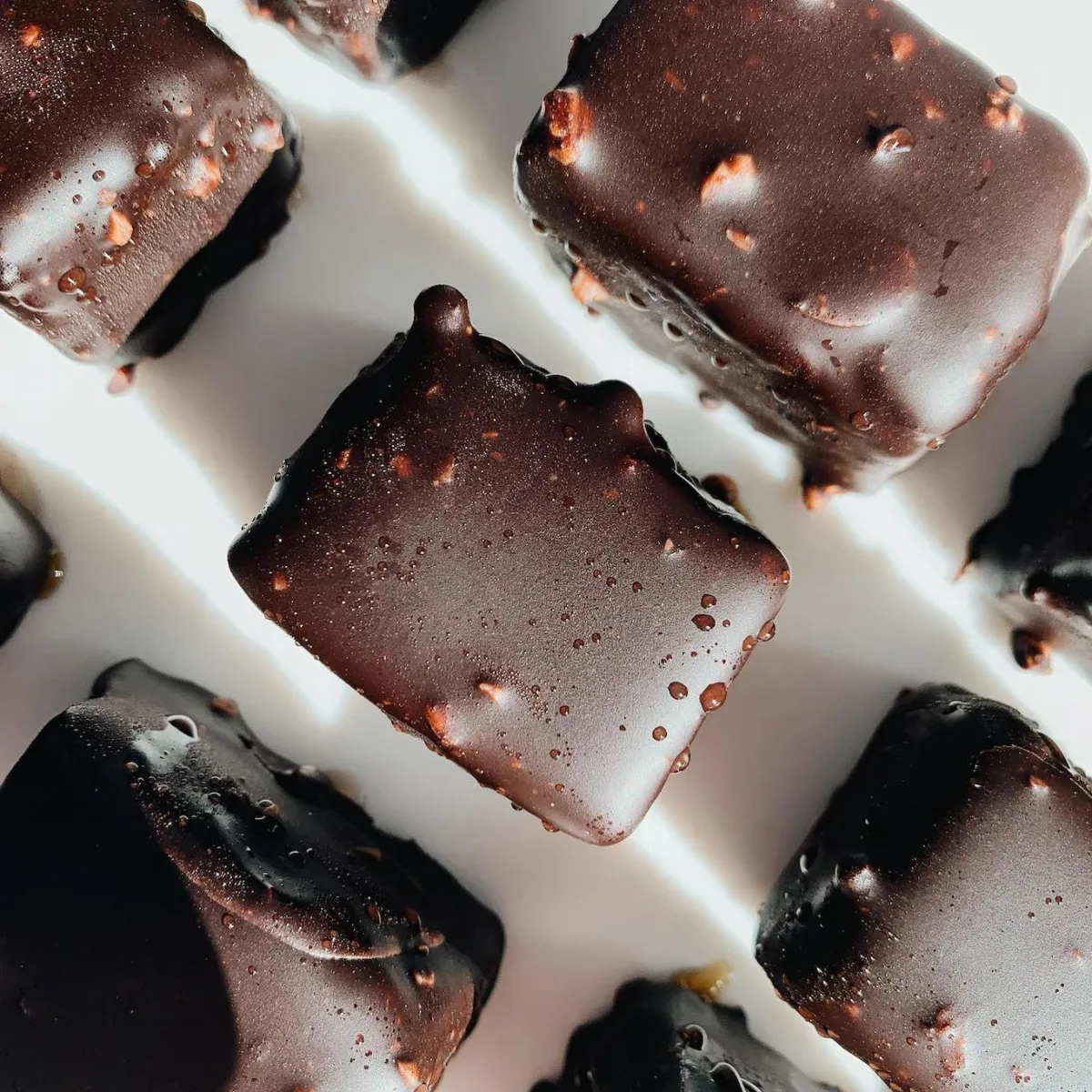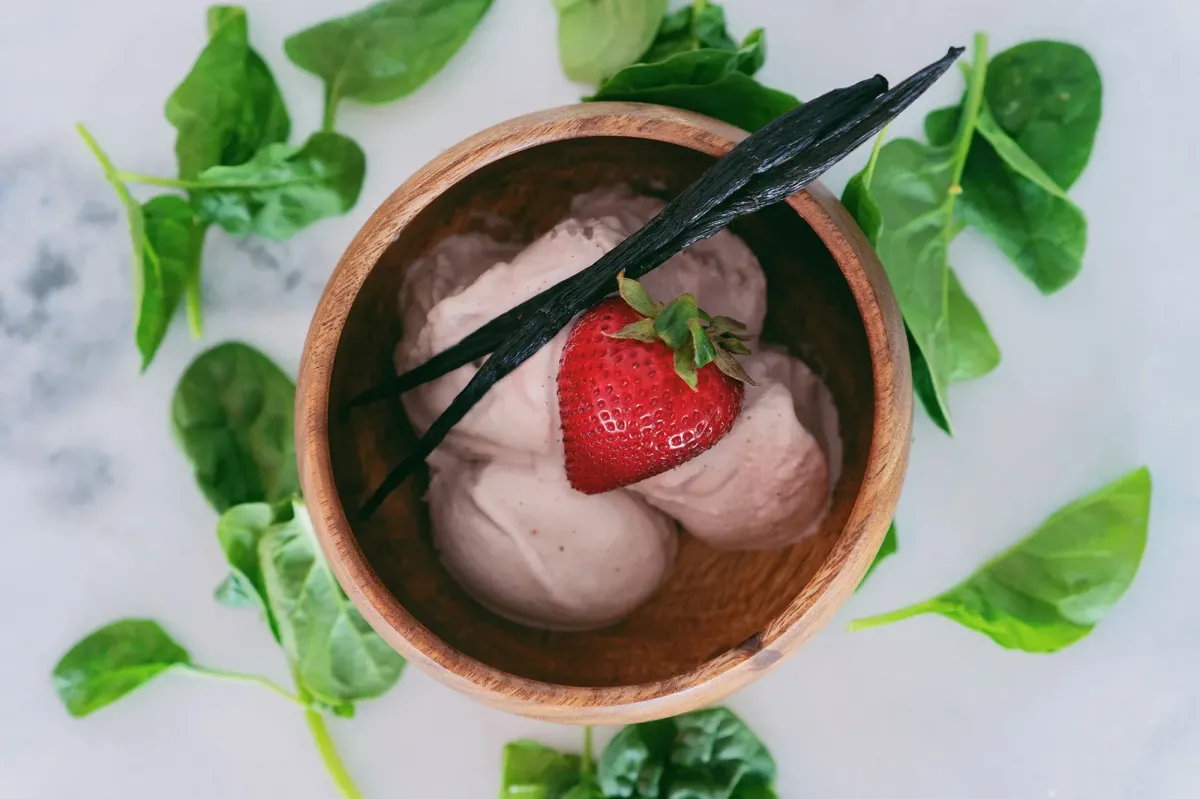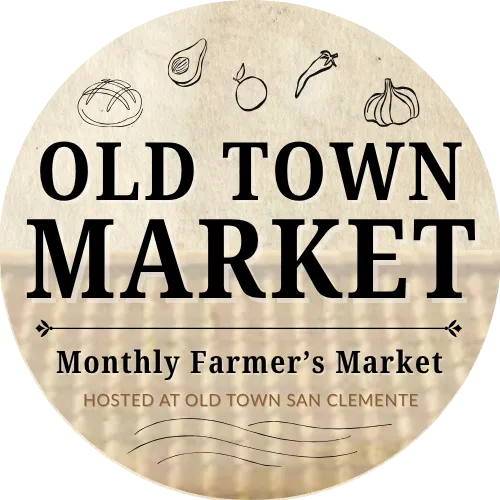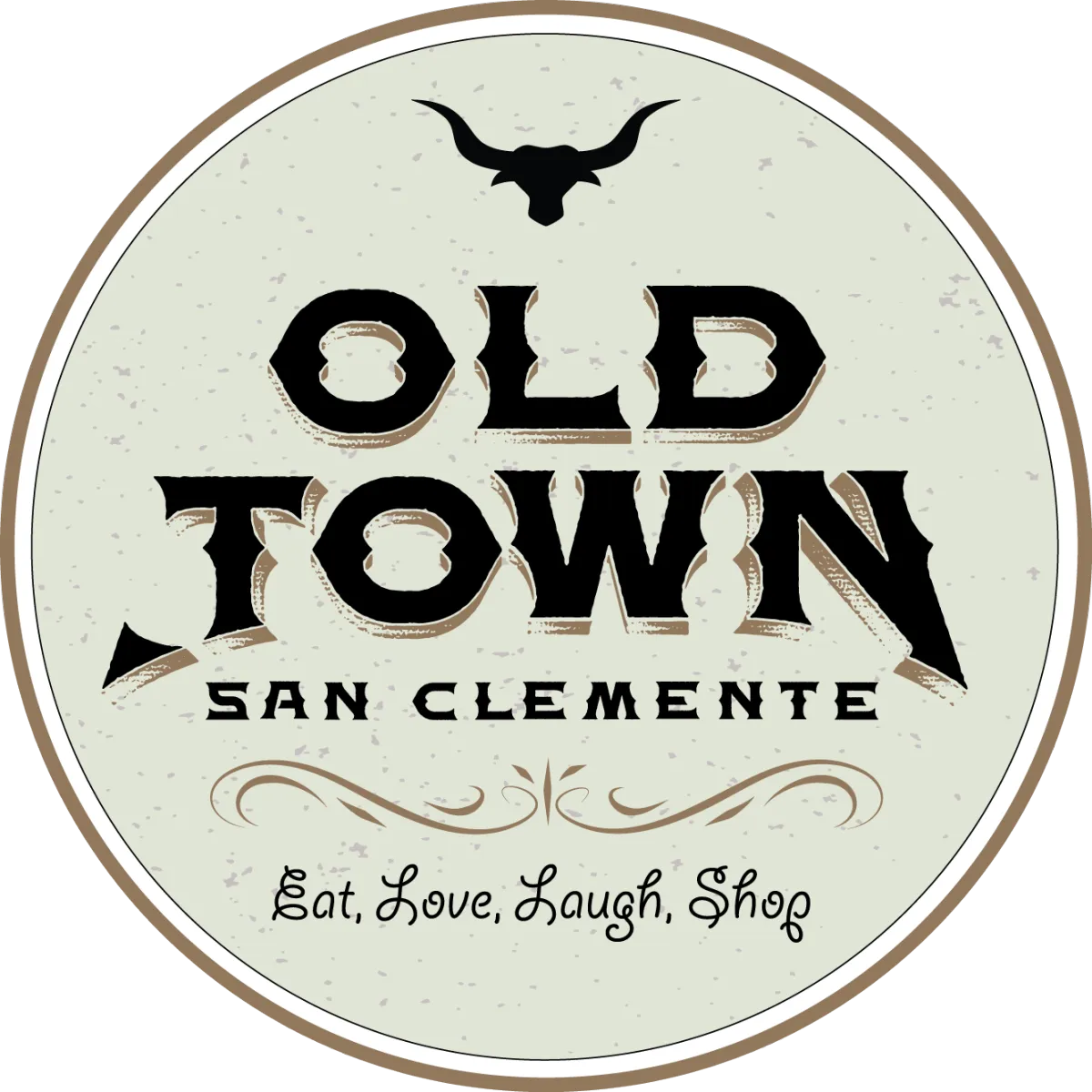Vedders
Vedder’s – Handcrafted ice cream and ice cream sandwiches, made fresh daily
Vedder's Sweets
Vedder’s – Handcrafted ice cream and ice cream sandwiches, made fresh daily
📍 Vedder's
San Clemente
We craft small-batch ice creams and ice cream sandwiches that celebrate flavor and exclusivity. With dairy-free, nut-free, and vegan varieties alongside our signature classics, there’s something here for every ice cream lover!
📍 Vedder's
San Clemente
We craft small-batch ice creams and ice cream sandwiches that celebrate flavor and exclusivity. With dairy-free, nut-free, and vegan varieties alongside our signature classics, there’s something here for every ice cream lover!

Welcome to the Vedder's
Welcome to the Vedder's
Who said non-dairy ice cream couldn't taste like real ice cream?
All Vedder's ingredients are responsibly sourced, vegan, and non-GMO. We use dates and maple syrup instead of cane sugar to sweeten each flavor and strive for tasty limited ingredient recipes to cater to those with dairy allergies and digestive tract sensitivities.
Who said non-dairy ice cream couldn't taste like real ice cream?
All Vedder's ingredients are responsibly sourced, vegan, and non-GMO. We use dates and maple syrup instead of cane sugar to sweeten each flavor and strive for tasty limited ingredient recipes to cater to those with dairy allergies and digestive tract sensitivities.
STORY: After a trip to the local frozen yogurt shop left Vedder's founder, Ashley Vedder, and her family with belly aches and a sleepless night, Vedder had an epiphany. Why on Earth was it so difficult to find a non-dairy ice cream without cane sugar that would leave dessert advocates feeling healthy and guilt-free? Not to mention, one that
actually tasted like real ice cream?

Market Hours
🗓️ Every Second Saturday of the Month
🕖 10:00 AM to 2:00 PM
STORY: After a trip to the local frozen yogurt shop left Vedder's founder, Ashley Vedder, and her family with belly aches and a sleepless night, Vedder had an epiphany. Why on Earth was it so difficult to find a non-dairy ice cream without cane sugar that would leave dessert advocates feeling healthy and guilt-free? Not to mention, one that
actually tasted like real ice cream?
How to Buy and Contact Us when we are not at the Old Town Market
Come visit us at Old Town San Clemente!
VISIT US AT THE: Old Town Market
🗓️ Every Second Saturday of the Month
🕖 10:00 AM – 2:00 PM
LOCATION: Old Town San Clemente, 111 W. Avenida Palizada, San Clemente, CA 92672
Vedders Ice Cream: Non-GMO, Fresh, Organic, Vegan, Gluten Free

ABOUT ICE CREAM
Ice cream is a frozen dessert typically made from milk or cream that has been flavored with a sweetener, either sugar or an alternative, and a spice, such as cocoa or vanilla, or with fruit, such as strawberries or peaches. Food coloring is sometimes added in addition to stabilizers. The mixture is cooled below the freezing point of water and stirred to incorporate air spaces and prevent detectable ice crystals from forming. It can also be made by whisking a flavored cream base and liquid nitrogen together. The result is a smooth, semi-solid foam that is solid at very low temperatures (below 2 °C or 35 °F). It becomes more malleable as its temperature increases.
Gluten sensitivity gluten sensitivity (NCGS), or gluten intolerance, is a syndrome in which people develop a variety of intestinal and/or extra intestinal symptoms that improve when gluten is removed from the diet, after coeliac disease and wheat allergy are excluded.
NCGS, which is possibly immune-mediated, now appears to be more common than coeliac disease,
with a prevalence estimated to be 6–10 times higher.
Gastrointestinal symptoms, which resemble those of
irritable bowel syndrome, may include any of the following: abdominal pain, bloating, bowel habit abnormalities (either diarrhea or constipation) nausea, sarcophagi, gastrointestinal, reflux disease, and aphthous stomatitis. Extra-intestinal symptoms, which can be the only manifestation of NCGS even in absence of gastrointestinal symptoms, may be any of the following: headache or migraine , "foggy mind", fatigue fibromyalgia joint and muscle pain, leg or arm numbness tingling of the extremities,
dermatitis (eczema or skin rash), atopic disorders allergy to one or more inhalants, foods or metals (such as mites, graminaceae,parietaria, cat or dog hair,shellfish, or nickel),m depression anxiety anemia
iron-deficiency anemia, folate deficiency asthma, rhinitis, eating disorders or autoimmune diseases

Milk allergy
is an adverse immune reaction to one or more proteins cow's milk Symptoms may take hours to days to manifest, with symptoms including a topic dermatitis,inflammation of the esophagus, enteropathy involving the small intestine and proctocolitis involving the rectum and colon. However, rapid anaphylaxis is possible, a potentially life-threatening condition that requires treatment with epinephrine, among other measures. In the United States, 90% of allergic responses to foods are caused by eight foods, and cow's milk is the most common. Recognition that a small number of foods are responsible for the majority of food allergies has led to requirements to prominently list these common allergens, including dairy, on food labels. One function of the immune system is to defend against infections by recognizing foreign proteins, but it should not overreact to food proteins.
Heating milk proteins can cause them to become denatured losing their three-dimensional configuration and allergenic, so baked goods containing dairy products may be tolerated while fresh milk triggers an allergic reaction.The condition may be managed by avoiding consumption of any dairy products or foods that contain dairy ingredients.For people subject to rapid reactions ( IE-mediatednmilk allergy), the dose capable of provoking an allergic response can be as low as a few milligrams, so such people must strictly avoid dairy.The declaration of the presence of trace amounts of milk or dairy in foods is not mandatory in any country, with the exception of Brazil. Milk allergy affects between 2% and 3% of babies and young children. To reduce risk, recommendations are that babies should be exclusively breastfed for at least four months, preferably six months, before introducing cow's milk.

Vanilla ice cream
served on an ice cream cone Dame blanche (dessert)Vanilla is frequently used to flavor ice cream, especially in North America, Asia, and Europe. Vanilla ice cream like other flavors of ice cream, was originally created by cooling a
mixture made of cream, sugar, and vanilla above a container of ice and salt.The type of vanilla used to flavor ice cream varies by location. In
North America and Europe consumers are interested in a more prominent, smoky flavor, while in Ireland, a more anise -like flavor is desired. To create the smooth consistency of ice cream, the mixture has to be stirred occasionally and then returned to the container of ice and salt to continue the solidification
process. According to Iced: 180 Very Cool Concoctions , many people often consider vanilla to be the " default " or "plain" flavor of ice cream (see "
Plain vanilla

Vanilla ice cream served on an ice cream cone Dame blanche (dessert)Vanilla is frequently used to flavor ice cream, especially in North America, Asia, and Europe. Vanilla ice cream like other flavors of ice cream, was originally created by cooling a
mixture made of cream, sugar, and vanilla above a container of ice and salt.The type of vanilla used to flavor ice cream varies by location. In
North America and Europe consumers are interested in a more prominent, smoky flavor, while in Ireland, a more anise -like flavor is desired. To create the smooth consistency of ice cream, the mixture has to be stirred occasionally and then returned to the container of ice and salt to continue the solidification
process. According to Iced: 180 Very Cool Concoctions , many people often consider vanilla to be the " default " or "plain" flavor of ice cream (see "
Plain vanilla

Strawberry ice cream is a flavor of ice cream made with strawberry or strawberry flavoring. It is made by blending in fresh strawberries or strawberry flavoring with the eggs, cream, vanilla, and sugar used to make ice cream.Most strawberry ice cream is colored pink or light red. Strawberry ice cream dates back at least to 1813, when it was served at the second inauguration of James Madison. Along with vanilla and chocolate ice cream, strawberry is one of the three flavors in Neapolitan ice cream. Variations of strawberry ice cream include strawberry cheesecake ice cream and strawberry ripple ice cream, which is vanilla ice cream with a ribbon of strawberry jam or syrup. Some ice cream sandwiches are prepared neapolitan-style, and include strawberry ice cream.According to a poll among American adults from July 13–18 of 2022, 43 percent of respondents stated that they enjoy strawberry ice cream while 6 percent stated that strawberry ice cream was their favorite flavor of ice cream. National Strawberry Ice Cream day is celebrated every year on January 15.
Mint Chocolate Chip
is an ice cream flavor composed of mint ice cream with small chocolate chips. In some cases the liqueur crème de menthe is used to provide the mint flavor, but in most cases peppermint or spearmint flavoring is used. Food coloring is usually added to make it green, but it may be beige or white in "all natural" or "organic" varieties.

An oatmeal raisin cookie is a type of drop cookie made from an oatmeal-based dough with raisins. Its ingredients also typically include
flour sugar, eggs salt , and spices When the cookies were becoming prominent in the United States in the early 1900s, they came to be known as a
health food because of the fiber and vitamins from the oatmeal and raisins. Nonetheless, the nutritional value of an oatmeal raisin cookie is essentially the same as a chocolate chip cookie in sugar and calorie content. Depending on how many raisins or oats are added, the fat and fiber content may not be much different either.Chocolate ice cream ice cream with natural or artificial chocolate flavoring. One of the oldest flavors of ice creams, it is also one of the world's most popular. While most often sold alone, it is also a base for many other flavors. Ice creams, chocolate Nutritional value per 100 g (3.5 oz)Energy2,680 kJ (640 kcal)Carbohydrates28.2 gSugars25.4 g Dietary fiber1.2 gFat11 gProtein3.8 g Other constituentsQuantityWater55.7 gCaffeine3 mgTheobromine62 mg Link to USDA Database entry
Unitsμg = micrograms• mg = milligramsIU = International units Percentages are roughly approximated using US recommendations for adults.
Source: USDA Food Data Central
A sandwich cookie, also known as a sandwich biscuit, is a type of cookie made from two thin cookies or medium cookies with a filling between them.Many types of fillings are used, such as cream, ganache, buttercream, chocolate, cream cheese, jam, peanut butter, lemon curd, or ice cream.

Ice cream cone
An ice cream cone (known as a poke in Ireland) is a brittle, cone-shaped pastry, usually made from a wafer similar in texture to a waffle. It is designed to hold and serve ice cream without the need for a bowl or spoon. Variants include pretzel cones, sugar-coated cones, and chocolate-coated cones (often lined on the inside). Informally, the term ice cream cone can also refer to the filled dessert, i.e. the cone topped with one or more scoops of ice cream.
Production
Two principal methods are used to make cones:
* Rolled cones, where flat wafers are baked and rolled into shape before hardening.
* Molded cones, where batter is baked inside a cone-shaped mold.
History
Early origins
Wafers rolled into hardened cones date back to Ancient Rome and Greece, but their transition to serving desserts and ice cream is uncertain.
In France, edible cones were referenced in cookbooks by 1825, when Julien Archambault described rolling cones from “little waffles”.An 1807 Parisian illustration may depict a child eating an ice cream cone.\[2] The Italian–British chef Charles Elmé Francatelli also mentioned cones in his 1846 book The Modern Cook as part of a dessert course.
Modern development
The earliest verified recipe for an ice cream cone appears in Agnes B. Marshall’s Book of Cookery (1888), which included “Cornet with Cream”, made with almond batter baked in an oven rather than pressed between irons. Because of this documentation, Marshall is often credited as the inventor of the modern ice cream cone.
Chocolate chip cookie dough ice cream was said to have originated in 1984 at the first Ben & Jerry's "scoop shop" in Burlington, Vermont, from an anonymous suggestion on their flavor suggestion board. In 1991, Ben & Jerry's began selling pints of the flavor which quickly became popular with consumers. By 1992, chocolate chip cookie dough accounted for 20 percent of the company's total ice cream sales, and other ice cream manufacturers such as Dreyer's and Mrs. Fields began making their own versions of the flavor.

Old Town San Clemente Market
Local. Handmade. Heartfelt. Join us for a community-driven farmer's market in the heart of San Clemente.

